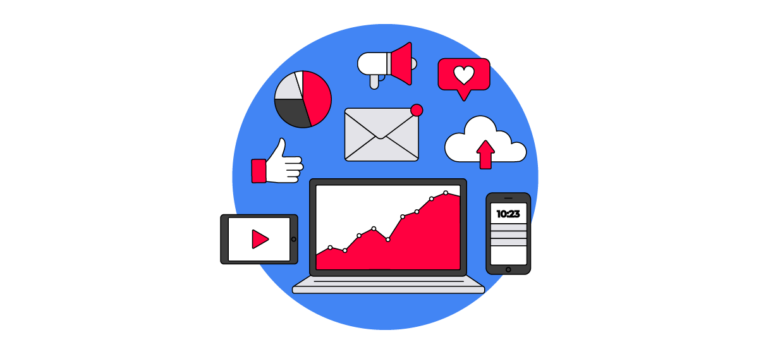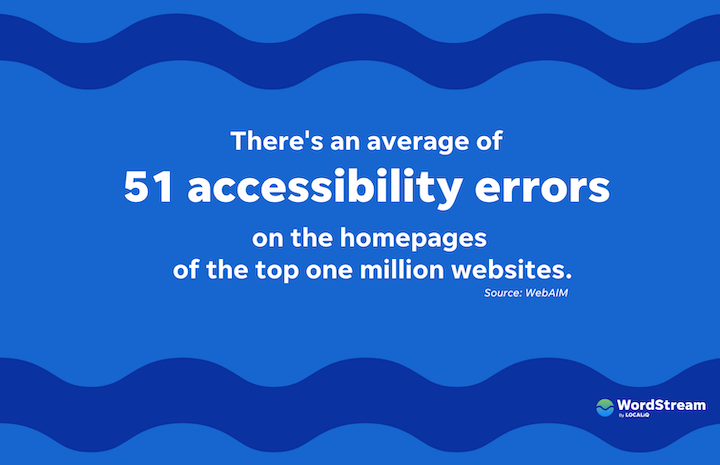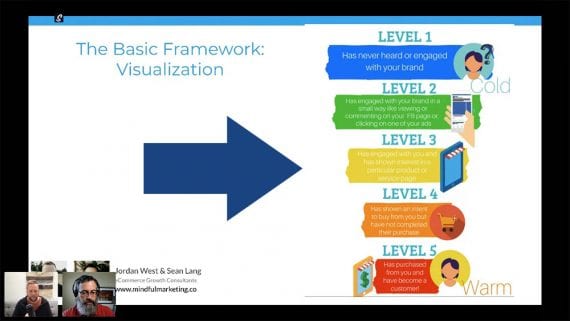
If you can implement an effective marketing automation program that supports your small business’s needs—before your competitors catch on—this could position your growing company well for long-term success in your niche.
First, consider the cost of the system itself. Marketing automation programs typically bill on a per-user basis, generally by month or for an entire year at a discount (some larger solutions may require a multi-year contract). Depending on the program, you may also be required to pay an upfront onboarding fee to cover the cost of setting your small business up on the system.
G2 reports that there are more than 100 marketing automation software platforms with verified user reviews on its network. Compared to marketing automation’s earliest years—when a handful of enterprise-oriented players dominated the industry—the growth that has occurred in the space has made marketing automation accessible to businesses of all sizes and types.
But it also means that if your new customers find you through some other channel, your success with marketing automation may be limited. Although workarounds exist for enrolling those who contact you by phone, through a directory, in person, or via any other offline channel, the manual effort required to do so may outweigh the benefits offered by these systems.
Choosing the Right Marketing Automation Program
Finally, take a good look at your competitive landscape to see whether or not your competitors are employing marketing automation. Your most recent SWOT analysis may be helpful here, or you can visit their sites manually to look for evidence of forms, email opt-ins, and other common marketing automation features.
Marketing automation programs can help your small business capture new contacts who visit your website (or, in some cases, engage with your social profiles or other digital properties) and enroll them in an ongoing marketing sequence. That’s important, as 96% of new visitors aren’t ready to buy when they first land on your website, according to an estimate from Neil Patel.
It’s also important to determine what internal resources you have available to you to maintain your marketing automation solution on an ongoing basis. Though much of the work of the system implementation is done upfront, you’ll still need internal champions who can monitor workflows and make changes as your program produces new data. If you don’t have any team members who can take on these responsibilities, you may not be ready for marketing automation.
How do new customers find you?
Start by asking yourself the following questions:
This huge growth makes sense. When executed correctly, marketing automation solutions take the burden off sales and marketing teams, creating lead nurturing, lead scoring, and lead escalation capabilities that surface the right people at the right time for critical sales conversations.
How long do leads remain in your sales pipeline?
If you don’t see your competitors using marketing automation, it could mean a few different things:
The flip side of these benefits is that marketing automation programs aren’t always intuitive or easy to implement—and the investment required to purchase and configure them can seem cost-prohibitive to small business owners. Determining whether or not your company is ready for marketing automation comes down to a number of different factors.
What marketing automation features make the most sense for your business?
“Marketing automation” is a catch-all term that encompasses a number of different features and functionalities. Compare an enterprise program like Marketo with an offering like GetResponse, which focuses specifically on email marketing automation, and it’s easy to see how different individual systems can be from one another.
Look not just at the total cost you’ll pay, but at the greater overall impact a marketing automation program might have on your small business. Will marketing automation enable you to nurture and eventually close more leads? Will it free up your marketing and sales teams to work on other revenue-generating activities? Don’t be too optimistic, but don’t fail to consider the bigger picture as well.
Your Internal Resources
If implementing a marketing automation system is on your to-do list for the coming year, you’re not alone. According to Forrester data, marketing automation spend is estimated to reach .1 billion annually by 2023, up from .4 billion in 2017.
Spend some time studying the different features made available by different marketing automation offerings, and then think through which individual functionalities best support the way your company does business. If you can’t clearly articulate how specific marketing automation features will support your business, table the implementation discussion until you can.
As a result, if it only takes a few days for a new customer to find your business and start working with you, it may not make sense to invest in marketing automation.
In addition to asking the questions above, take a close look at the internal resources you can commit to a marketing automation implementation.
Consider Your Competitive Landscape
Similarly, it’s important to consider what your average sales cycle length looks like. Marketing automation programs are especially useful for companies with long sales cycles, as they allow the engagement required to get new customers across the finish line to happen automatically.
Read on for more as you make this important decision for your 2020 marketing campaigns:
- First, it could mean that they’ve undertaken this type of analysis and determined that marketing automation doesn’t make sense for their businesses. By extension, that might mean that it’s less likely to work for yours.
- Similarly, they could have tried marketing automation and discontinued it (though this could come down to their skill levels or willingness to invest, so their experience may not translate to yours).
- But it could also mean that you have a major opportunity to gain a competitive advantage by becoming the marketing automation “first mover” in your space.
The only problem? The sheer number of options available today can make it harder for small businesses to identify the most appropriate marketing automation solutions for their needs. Choosing the right system in this environment requires a good understanding of how marketing automation will support your business and its unique sales cycles.







